
What does a fighter plane’s first taste of combat lead to when it raises a diplomatic crisis rather than a marketing sensation? For the JAS 39 Gripen, the response is playing out live on the tense Thai-Cambodian border, where its inaugural combat deployment sparked a chain reaction of technical, political, and strategic repercussions that have the potential to reshape Southeast Asia’s fighter procurement landscape.
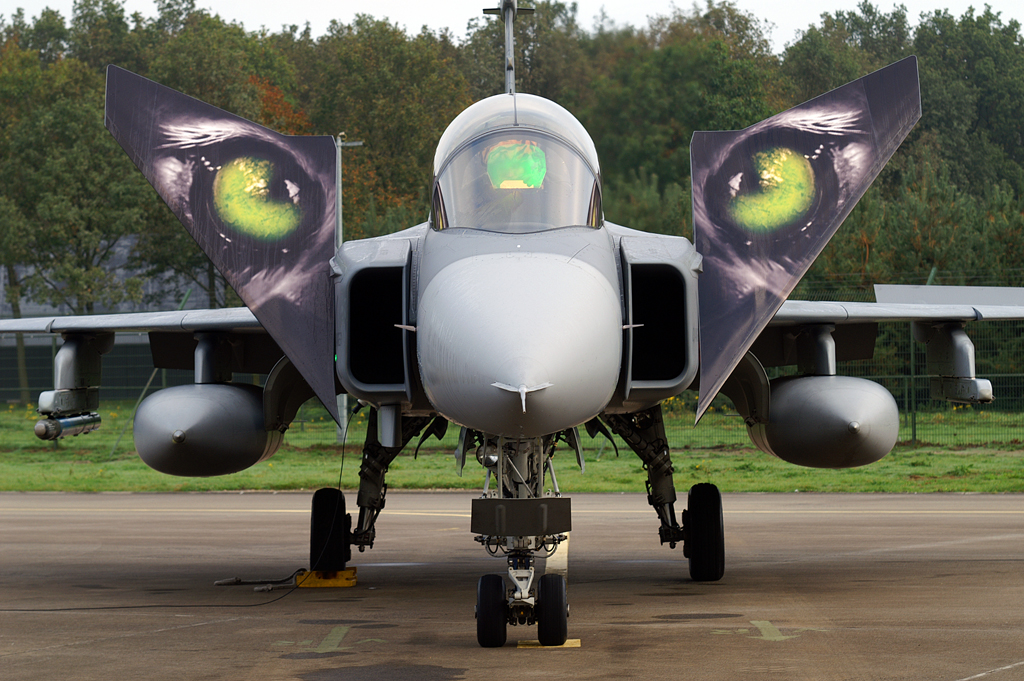
1. Gripen’s First Combat: Precision Strikes and Operational Validation
Following almost four decades of active duty, the JAS 39 Gripen finally saw combat on July 26, 2025. The Royal Thai Air Force (RTAF) sent its Gripen C/D fighters, in addition to F-16s, to perform precision strikes against Cambodian artillery near the Phu Ma Kua ridge and the disputed Ta Muen Thom temple. As reported by RTAF spokesperson Air Marshal Prapas Sornchaidee, the attacks involved “legitimate military targets that posed imminent threats to Thailand’s national security,” and were conducted “in accordance with international law and proportional rules of engagement.” As an interesting footnote, all aircraft returned safely, proving the reliability of the platform as well as the operational expertise of the RTAF in the first confirmed combat deployment of the Gripen since its first flight in 1988.
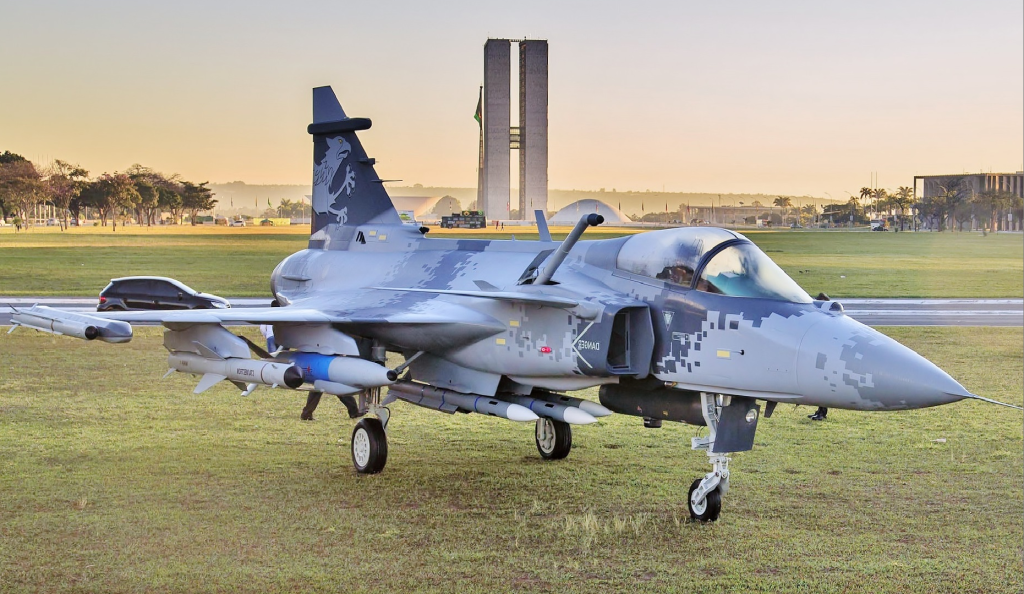
2. The Diplomatic Fallout: Sweden’s Export Dilemma
This fighting debut, though, has put Sweden on thin ice. The nation’s strict arms export legislation, which is overseen by the Inspectorate of Strategic Products (ISP), demands strict scrutiny of geopolitical stability and intent of recipient before sales are approved. Swedish Foreign Minister Maria Malmer Stenergard highlighted the seriousness of the situation by declaring, “The government is closely monitoring developments in the border conflict.” Although no official veto has been placed, the failure to endorse Thailand’s proposed purchase of 12 new Gripen E/F fighter jets indicates a possible freeze subject to de-escalation Stockholm’s strategic silence might just be louder than any parliamentary motion.

3. Technical Leap: Gripen E/F’s Advanced Systems
The Gripen E/F variants, the focus of Thailand’s buying plans, are also a major technological upgrade. They feature the Raven ES-05 AESA radar, with a long-range, wide field of view, and the Skyward-G infrared search and track (IRST) system that can detect low radar cross-section targets at long range passively. The plane’s one General Electric F414-GE-39E engine powers supercruise and has a combat range of 930 miles. It can be armed with the Meteor beyond-visual-range missile, which has a “No Escape Zone,” or the IRIS-T for within-visual-range combat the Gripen E is capable of performing air-to-air, air-to-surface, and reconnaissance missions. Notably, the platform’s open-architecture avionics allow for rapid software updates “We code in the morning and fly in the afternoon,” said Johan Segertoft, head of the Gripen business.
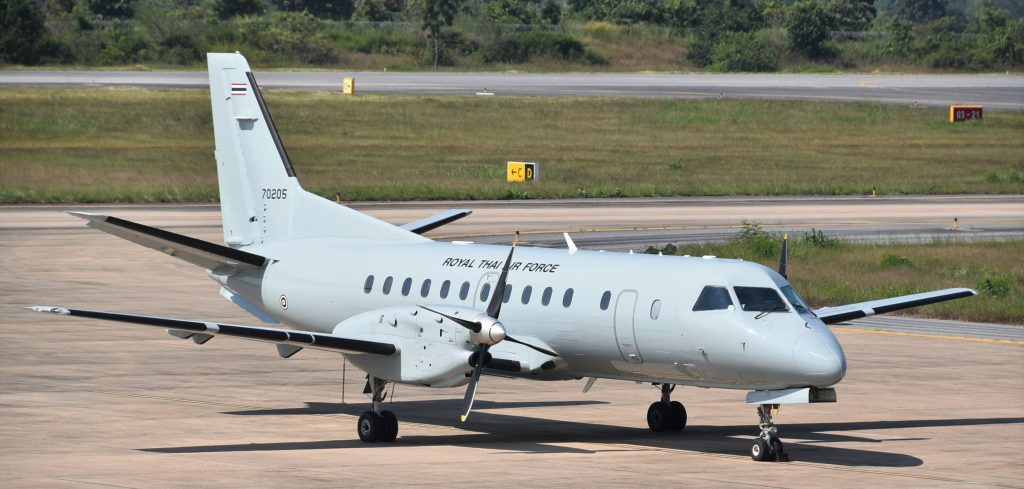
4. Networked Warfare: Erieye and Airborne Command
Thailand’s airpower advantage is further amplified by the Saab Erieye airborne early warning and control (AEW&C) system. Integrated with the RTAF’s Gripen fleet, Erieye offers “full situational awareness across the entire nation,” says Saab, and enables network-centric operations by combining data from various sources.

The Saab 340 and Saab 2000-mounted Erieye radar provides 360-degree coverage with detection of targets within a range of 350 kilometers even in heavily cluttered electronic warfare situations the Erieye radar boasts an instrumental range of 450km and a detection range of 350km against a fighter-sized target. This feature supports Thailand’s precision strike coordination and air superiority capabilities in contested airspace.
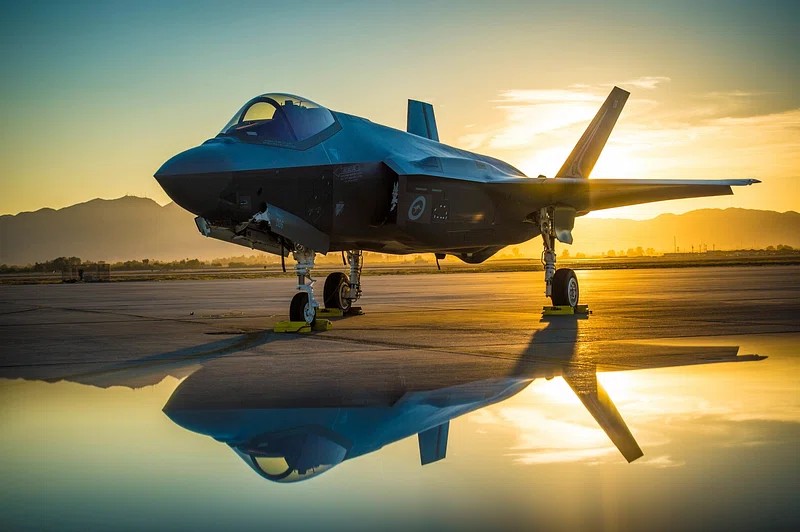
5. Competitive Dynamics: Gripen vs. F-35 in Southeast Asia
The Gripen’s combat debut timing is particularly significant against the backdrop of the changing fighter procurement race in the region. Thailand’s previous bid to enter the U.S. F-35 program was rejected because of “time constraints, technical requirements and maintenance compatibility,” leaving Bangkok with no choice but to shop elsewhere. The Gripen E/F’s reduced cost of acquisition and operation $85 million an aircraft, with $5,800 per flight hour, compared to the F-35 at $100 million and $35,000 respectively make it a viable option for nations that want capabilities at without the political or financial baggage of U.S. systems the cost per aircraft is roughly $85 million, far lower than the $100 million F-35.
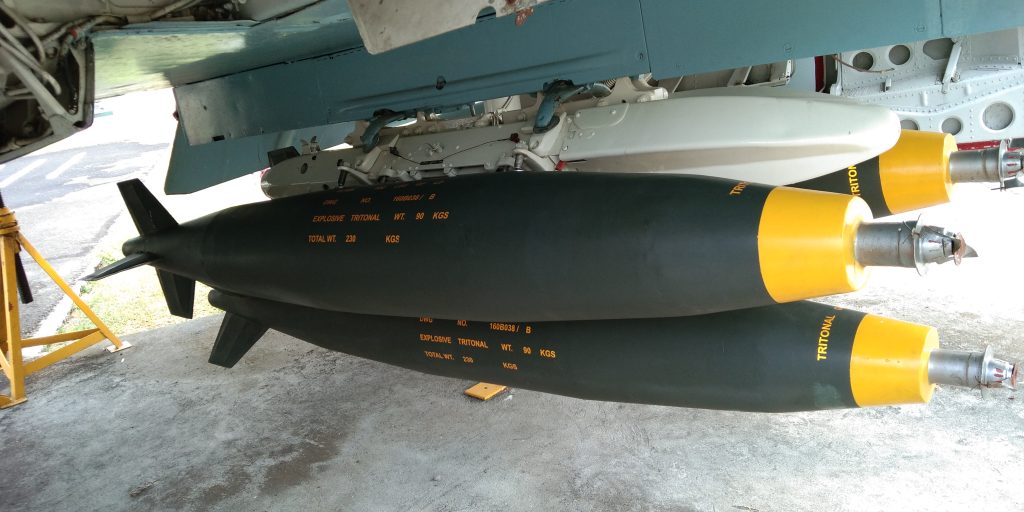
6. Munitions and Integration: South Korean Glide Kits and Guided Weapons
Thai Gripens allegedly used Mk. 82-class general-purpose bombs during the border incursion, possibly augmented with a GPS-guided bomb glide kit developed by South Korea. This demonstrates the platform’s versatility in accommodating a wide range of weapons, from Western precision-guided bombs to local and allied capabilities. Its capacity for quick acceptance of new weapons is one of the Gripen’s defining features, ensuring Thailand’s strategic autonomy and operational flexibility.
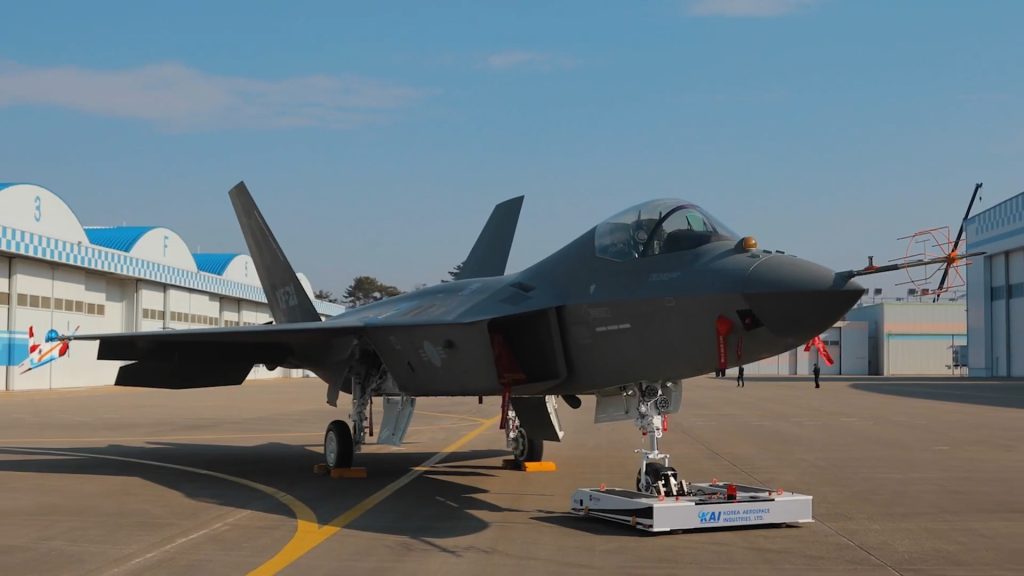
7. Regional Implications and Future Procurement
The implications of the Thai-Cambodian conflict reach beyond bilateral relations. In the event that Sweden eventually freezes the Gripen sale, experts caution that Thailand can instead turn to alternative suppliers like South Korea’s KF-21 Boramae, China’s J-10CE, or even consider returning to U.S. F-16V Block 70/72 offers. Such an alternative would shake Saab’s plans in Southeast Asia, as competition from South Korea, Turkey, and China is heating up. For Thailand, the stakes are high: ongoing access to Swedish technology underpins not just fleet modernization but also the viability of its networked defense architecture. A collapse of the export relationship could compel Bangkok into a pricey and strategically dislocating realignment.
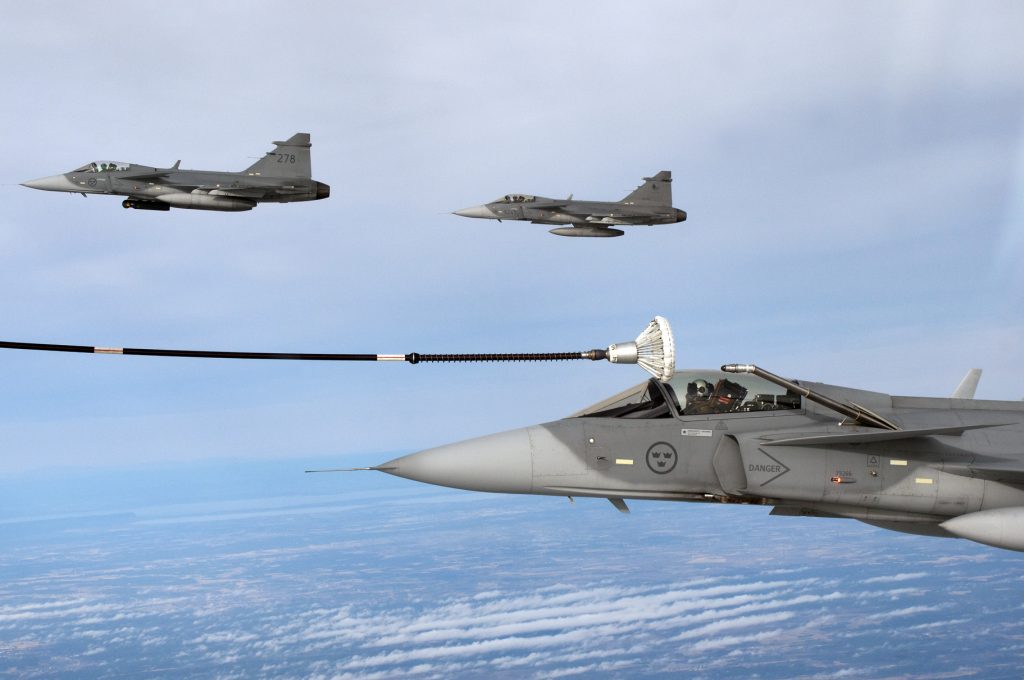
The JAS 39 Gripen’s baptism by fire has boosted the credibility of its operations but also revealed the vulnerability of cross-border arms alliances in troubled areas. As Sweden balances the risks and benefits of further involvement, defense experts and procurement authorities in Southeast Asiab and elsewhere are observing intently, knowing that the next installment in the Gripen saga is as likely to be authored in ministerial suites as in the air over disputed borders.


